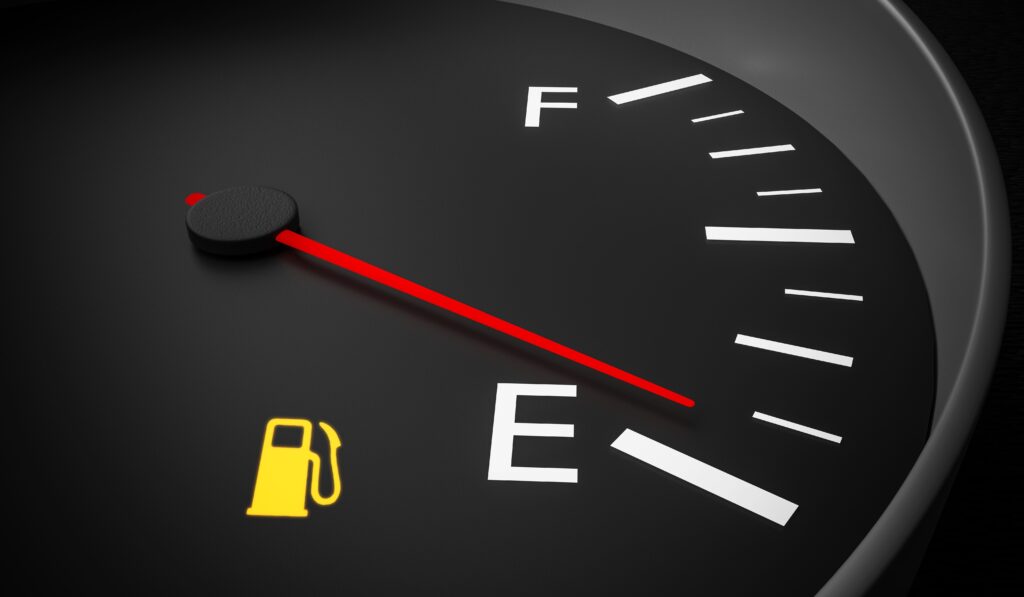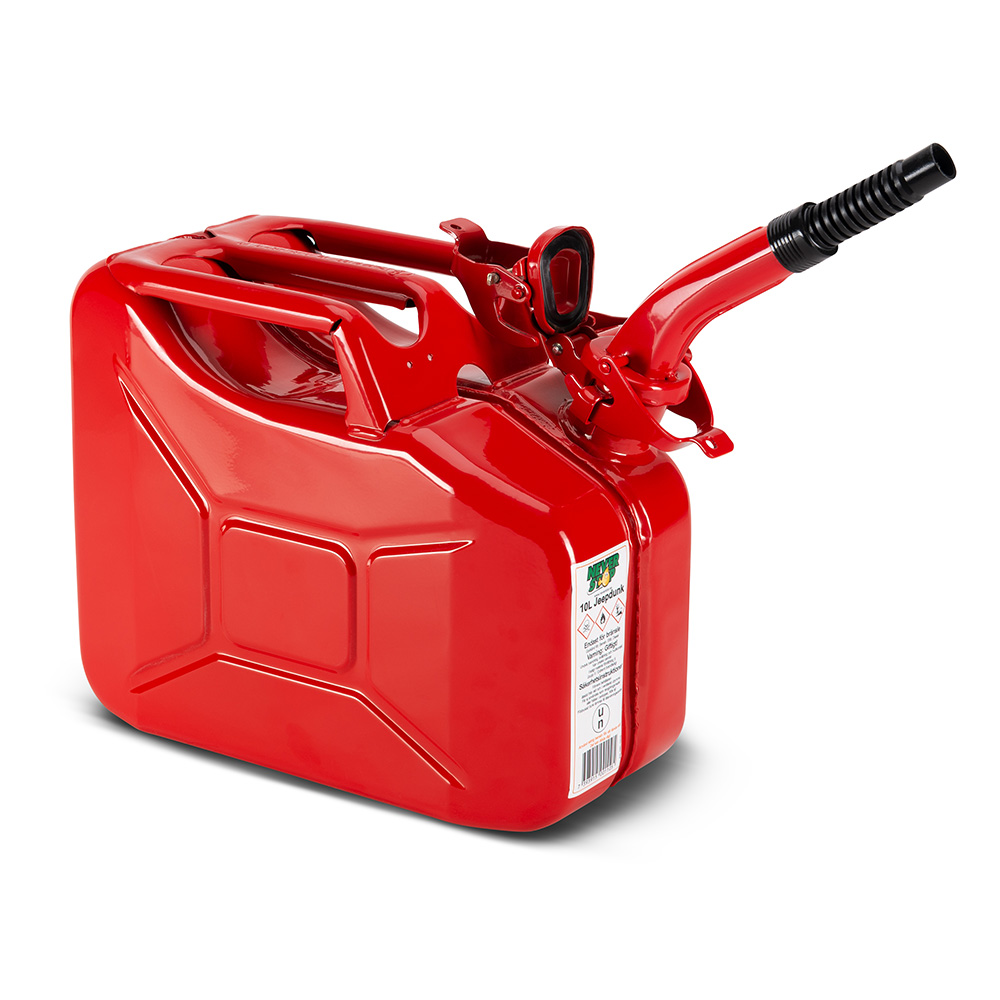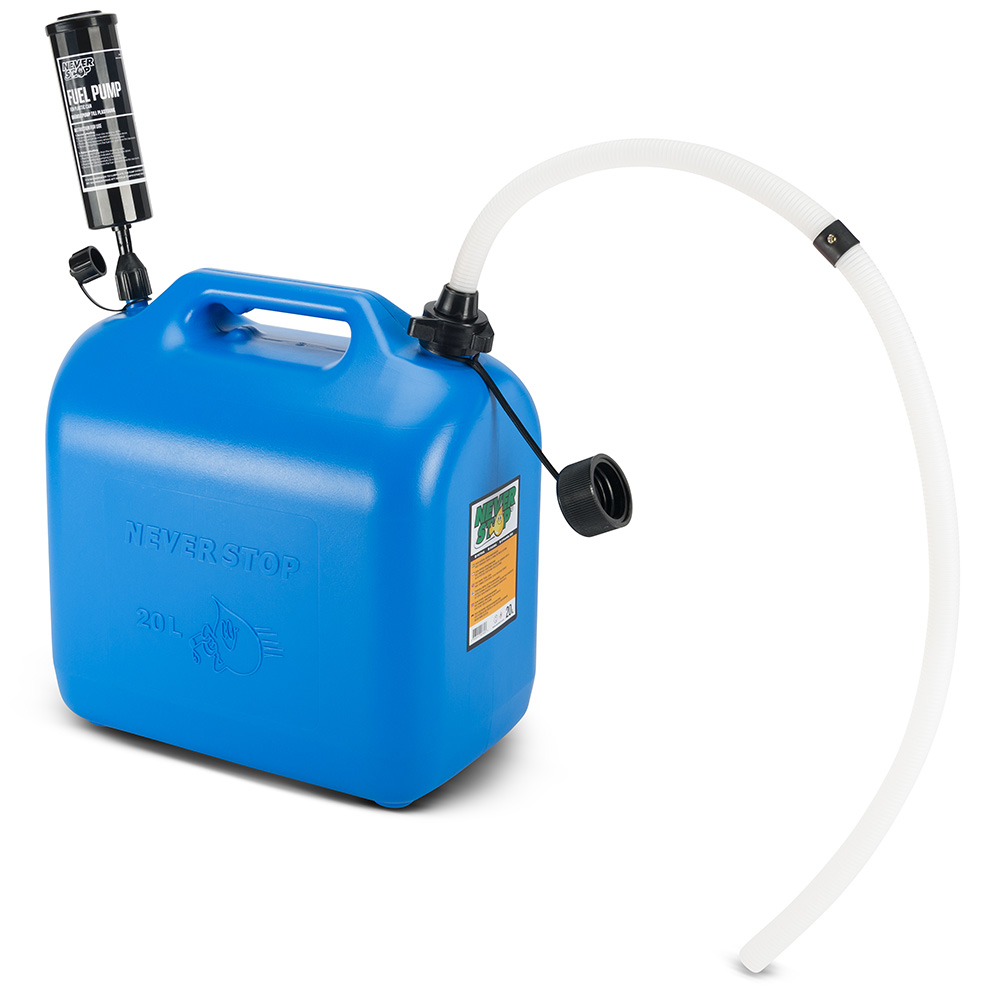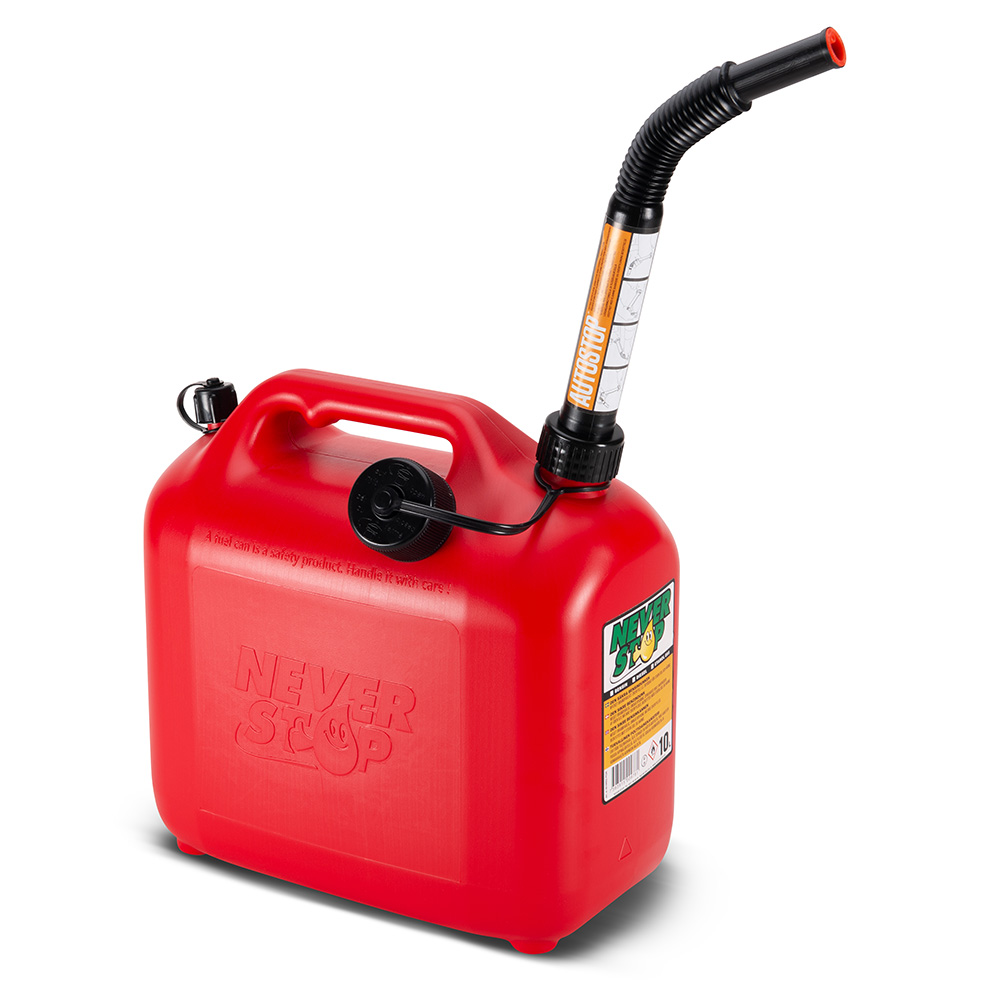IF YOU RUN OUT OF FUEL…
RUNNING OUT OF FUEL CAN BE BAD FOR YOUR CAR
If this happens, it’s worth knowing what to do and what not to do if you find yourself stuck with an empty tank. When the tank is left completely empty, the engine begins to draw in air along with the last of the fuel. This air can prevent the engine from starting again. For this reason, it’s never good to let your car run completely dry, even if you know there’s a gas station nearby or have a can of spare fuel in the trunk. It puts the engine under a lot of unnecessary stress and can mean that the car struggles to get going again even after you have refilled the car, thanks to a build-up of air in the fuel tank and combustion chamber.
Before your car runs out of fuel, there should be several signs that it’s time to head to a gas station to refuel. You might think that the engine simply stops running when the fuel tank becomes empty. This is usually not the case. Instead, your car may show signs of fuel starvation — slowdowns in your car’s performance, erratic power surges, backfiring, or sputtering. The hydraulic power fed into your power steering and brakes will slow down to disappear. While this won’t stop you from steering or stopping the car, these features will certainly require a lot more effort to control. However, cars with electric power steering shouldn’t have this problem because the power from your battery ensures that your steering continues to work as normal.




(article 3004). A perfect kit for both car and boat!
what damage could this cause?
There is not always engine damage when you run out of fuel. Modern engines are built to withstand much more than just running dry. Where the problems start is if you drive an older car or if you regularly run out of fuel.
When a car is low on fuel, it will pull in everything to keep itself going, including debris and particles built up at the bottom of the fuel tank. Older cars are particularly sensitive to pulling through debris, which is why you should make a habit of never letting the fuel level drop too low.
If debris from the fuel tank is drawn into the fuel lines and directed at the engine, it can lead to blockages in the filters that prevent the engine from performing at its best or even not starting at all.
DO YOU DRIVE A DIESEL? THEN YOU SHOULD BE MORE CAREFUL ABOUT RUNNING OUT OF FUEL
If you own a diesel car, you’ve probably heard about the dangers (and potential costs) that can be caused by running out of fuel.
The powerful fuel injection in diesel engines begins to draw in a lot of air when there is no more fuel in the tank, this can have a disastrous effect on various components of the system. When the fuel system becomes completely clogged with air, it damages the injectors and filters and can make it incredibly difficult to get the engine running. To get a diesel engine running again after dry running, professional help with the right tools may be needed. It is often the case that air must be vented from the fuel system. An expensive and time-consuming process that should be left up to the professionals, as they must remove the filters, clean, and blow out all fuel lines, and possibly replace the injectors and pump. If you’re driving a hybrid, you still need to think about your fuel – running out of both fuel and electricity would really leave you stuck!
restarting
Once you’ve refueled your car safely and need to get the engine running again, there are a couple of things you can do to make sure the engine starts without putting too much strain on the ignition, starter motor and battery.
It may take a few tries to get the engine running because the fuel hasn’t circulated through the system, so it’s a good idea not to turn the ignition over and over again, as this will only drain the battery.
HERE ARE SOME THINGS YOU CAN TRY TO GET YOUR ENGINE RUNNING:
Press the accelerator pedal to engage fuel injection faster. This will cause the fuel to circulate through the engine to help the car start.
– If the ignition is turned to its “on” position without starting the engine a couple of times, the electric fuel injection can start circulating fuel without a high requirement of current being put on the battery.
– Make sure the car has had plenty of time to cool down. Running out of fuel can cause the fuel pump to overheat and fail, and it may take a while for it to return to normal operating temperature, even after refueling.
You might think that the odds of running out of fuel are slim. But these things happen, especially if you get stuck in traffic or bad weather for a long time. The best thing you can do is to be prepared, so if you are going on a long trip or there is bad weather, make sure that the car’s tank is full, and that you always have an extra can of at least 10L of fuel with you!
Try to always keep the fuel tank filled to at least a quarter. By doing so, the engine receives only clean fuel, and not the dirty particles at the bottom of the tank.
While it may not be illegal to run out of fuel in your country, be aware that motorists can still be fined for reckless and reckless driving if their car obstructs others/traffic!
Plan and drive wisely and carefully. Enjoy your trip!


